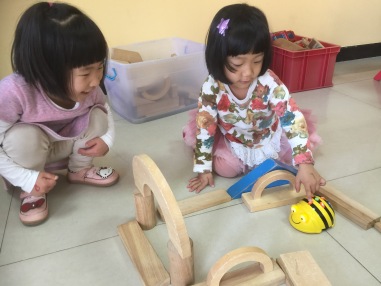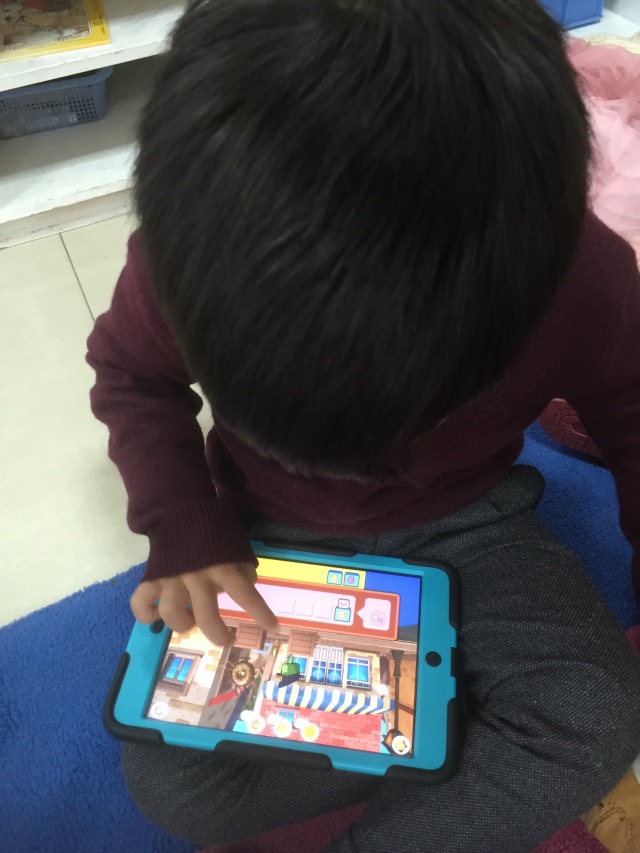Homework Vs. Deep Work
We had an open house this week, and as I sat down to answer parent questions about our Primary Years Programme, I opened up my Powerpoint, prepared to refer to my laundry list of all the ways the International Baccalaureate is wonderful. But then questions came and my presentation took care of itself. I began to get a clear picture of how truly different we are and how rigid so many schools are in China. One mother pined for her 3rd-grade son’s happiness and felt awful that she had to battle him daily to do 2 hours or more of homework a night. Having 2 hours or more of homework?–a parent’s free time also gets demolished as I’m sure they have to sit there with their student to complete the worksheets. You can imagine that both parties suffer burnout and do not enjoy these nightly sessions. So parents feel equally imprisoned by the idea of doing homework, as what they see as a necessary evil.
Yet, this is endemic of living in Asia–so many of the countries here, with their large populations and competitive job markets, staunchly value education as the only means to have a decent life. School is life for young people, and it is also very normal that children, beginning in Kindergarten, get tutors or attend “academy”–a night school that teachers next year’s math or other content knowledge.
Ever since this meeting, my mind is wandering, thinking about my own child. I love my little person and I want her to come home eager to tell me her tales of school t hat day. I don’t want to berate her about doing homework. So earlier this year, I had her think about creating a homework schedule, which obviously has a fair amount of parent input (my daughter never would put in IXL willingly). You can see the final schedule in this post, which amusingly you can notice that the weekend is “Hannah’s to do list”–meaning that mom and dad leave her to her own devices.
hat day. I don’t want to berate her about doing homework. So earlier this year, I had her think about creating a homework schedule, which obviously has a fair amount of parent input (my daughter never would put in IXL willingly). You can see the final schedule in this post, which amusingly you can notice that the weekend is “Hannah’s to do list”–meaning that mom and dad leave her to her own devices.
However, I am starting to rethink this concept of homework, which is essentially practicing what the skills that they are in the midst of learning that week. I do think this is important and of value, but I’d also like to cultivate her interests, which lately has been coding and Minecrafting. I’m a big fan of Cal Newport and his treatise on Deep Work which can be summarized here (although I recommend you read the book since there are more nuggets inside). 
In particular, Cal recommends that one “drains the shallows” and create focused, uninterrupted attention on developing a skill, working on a project or task that is challenging and demands ideation to promote innovation in your area of interest. When looking over one’s schedule, it is vital to quantify the depth of every activity–is it moving you towards a goal or achievement? Is it really helping you to cultivate depth of knowledge and expertise? Once you evaluate your schedule, then you recreate it and reallocate your time to doing this “deep work”. The end goal of these accumulated hours is to bring into fruition new and better ways of doing something, solving a problem or producing a product which will have an overall greater benefit on humanity.
With this idea in mind, I asked my daughter if she had to get rid of something on her schedule, what would it be, draining the shallows, sort of speaking. She told me that she’d get rid of the writing on Tuesday. When I probed to know why she told me that she didn’t like writing, she told me that she likes to draw and she never gets to do that in her writing prompts. She’s in 1st grade, the year when drawings are replaced with words to convey ideas, but I could appreciate her struggle with the transition. (Through this conversation, I gleaned some insights and it gave me an idea for next year to try when I teach 1st grade, as I motivate students into using better word choice rather than pictures to describe their ideas.) I told her to redo her schedule and she readily replaced writing with coding. As you look at her schedule below, it was obvious to me that her interests are emerging.
Although I’d like her schedule to be refined to maybe 1 or 2 focused items a day, it is a first step towards managing one’s time and developing readiness for “deep work”.
It got me thinking if all students were to be asked to do this task–creating their own after school schedule, what would it be? How could we instill within our students a desire to pursue their interests?–to redirect their attention to work that is meaningful to them. This idea of time management is one of the Transdisciplinary Skills or Approaches to Learning (ATL) that we seek to create in our IB learners. So as much as I want students to practice skills that they are in the midst of developing, I also want them hungry to learn so that they independently and organically augment their abilities. This is a key distinction of learning in the IB. So, I am just wondering if we were to tweak the idea of homework and teach parents to be partners in their student’s passions if that would make for more fulfilled families, overall. Perhaps introducing this concept of “deep work”, reframing homework in a new light, could not only shift the dynamics of home learning but could also inspire greater student selected inquiries into their passions.
I’m definitely interested in anyone else’s experiences with transforming homework into a joy rather than a drudgery. Please connect with me @judyimamudeen or leave comments below.
Developing learners as leaders is my joy! I am committed and passionate International Baccaluearate (IB) educator who loves cracking jokes, jumping on trampolines and reading books. When I’m not playing Minecraft with my daughter, I work on empowering others in order to create a future that works for everyone.














